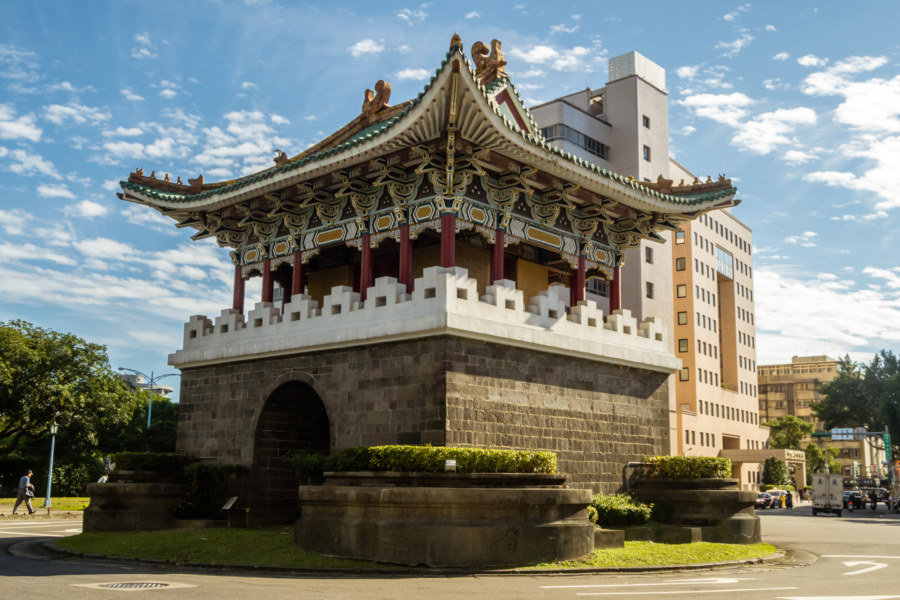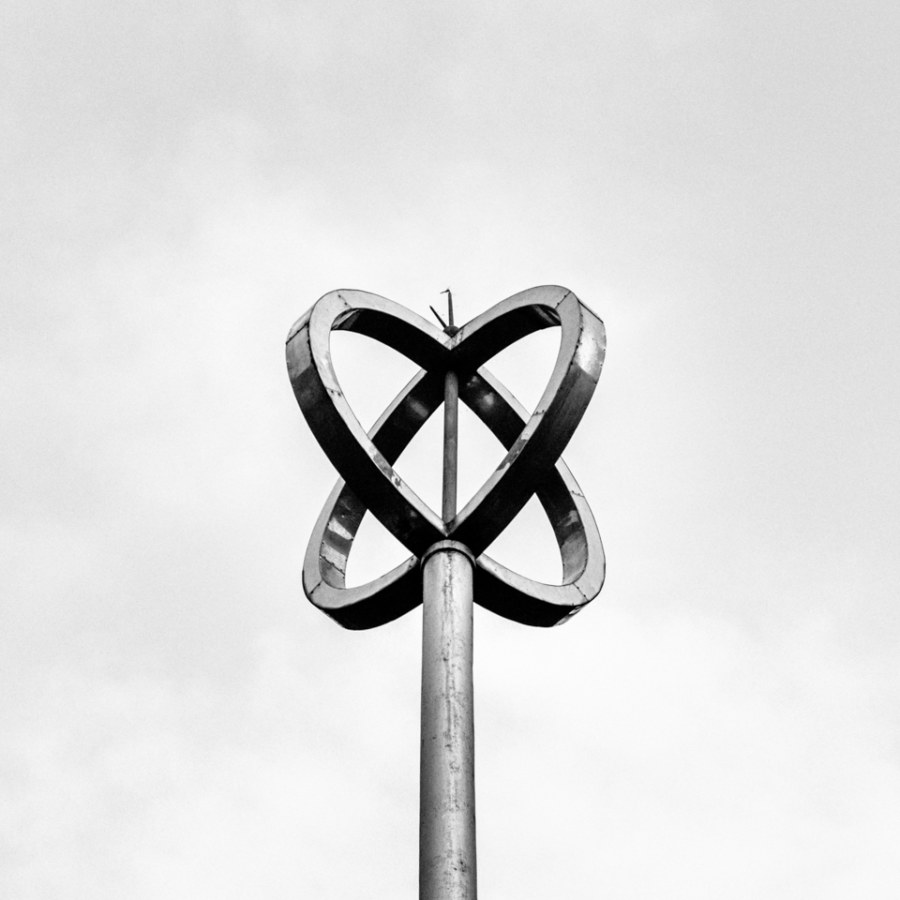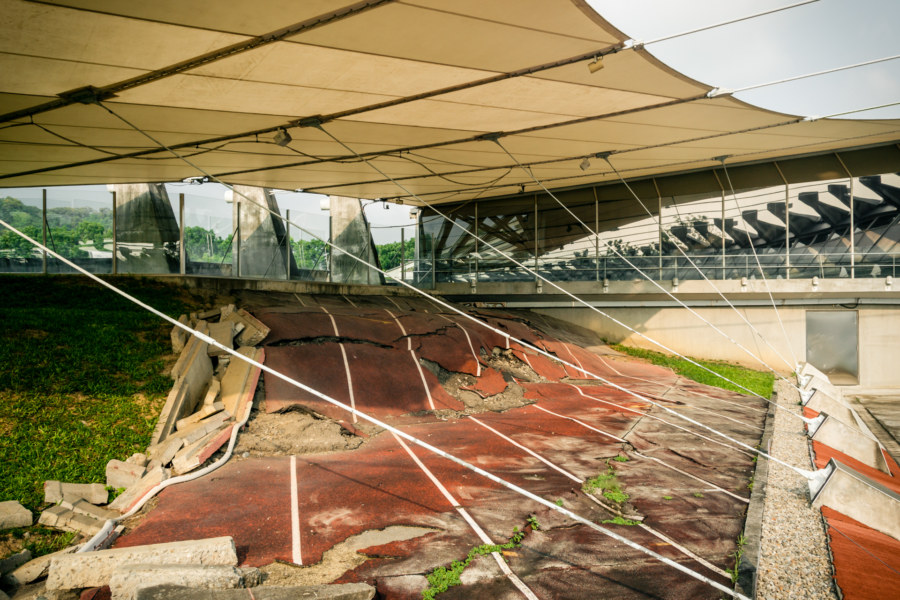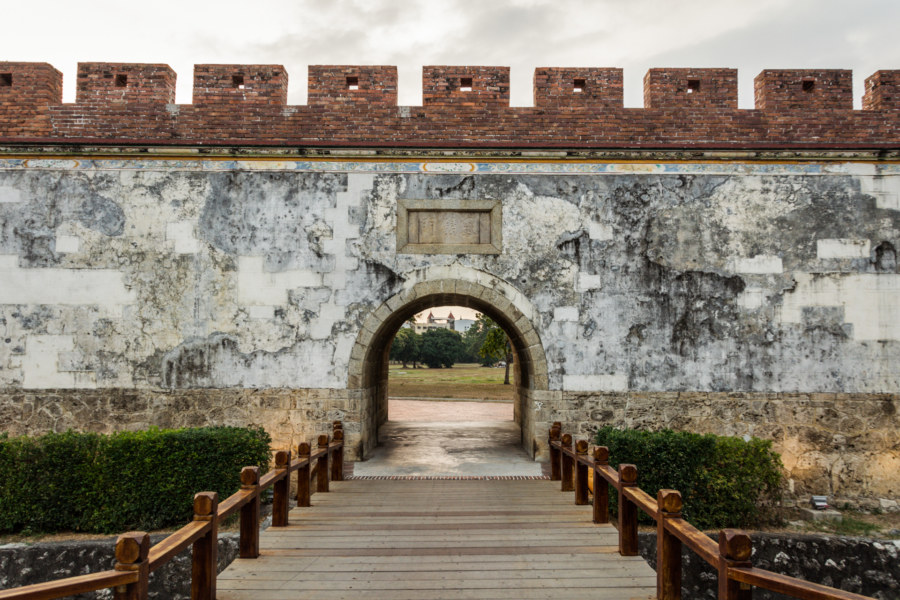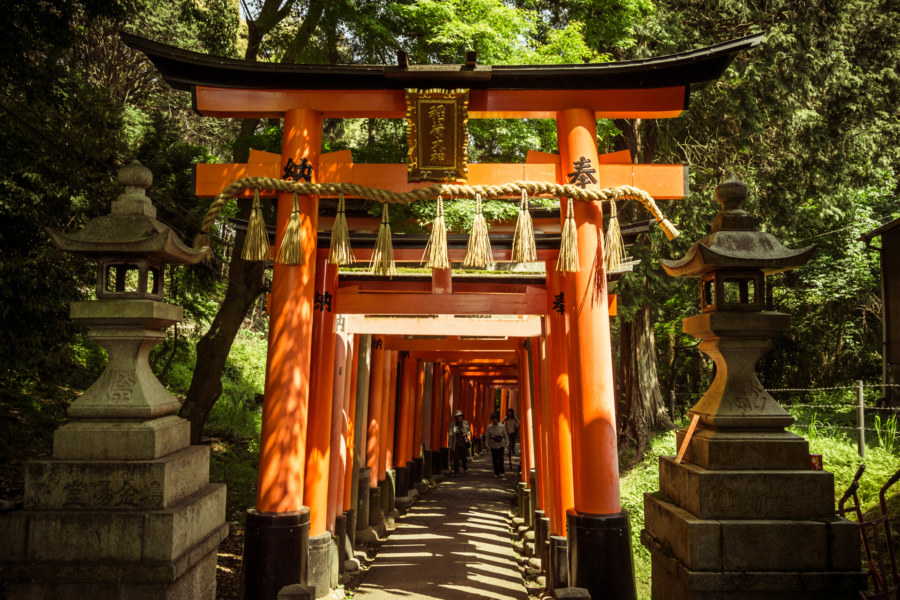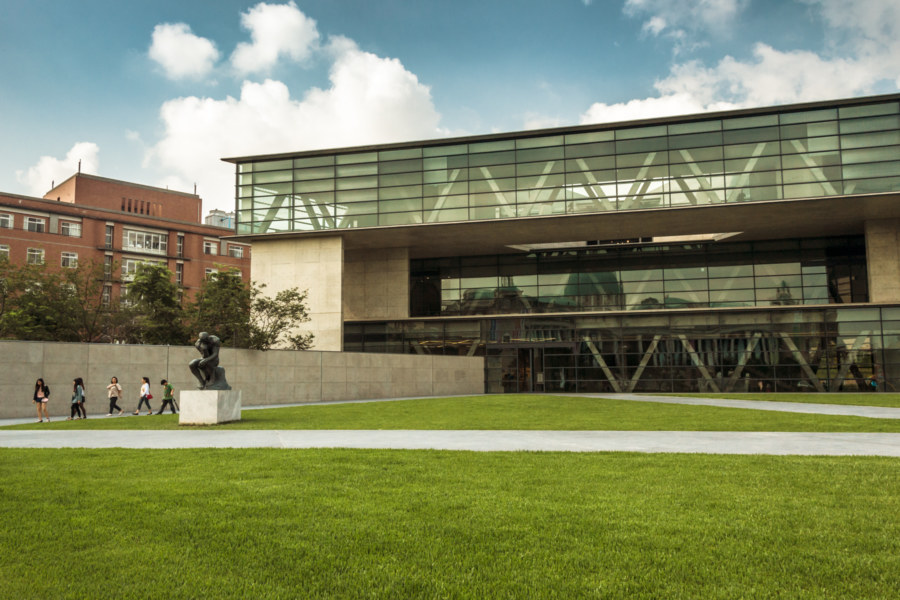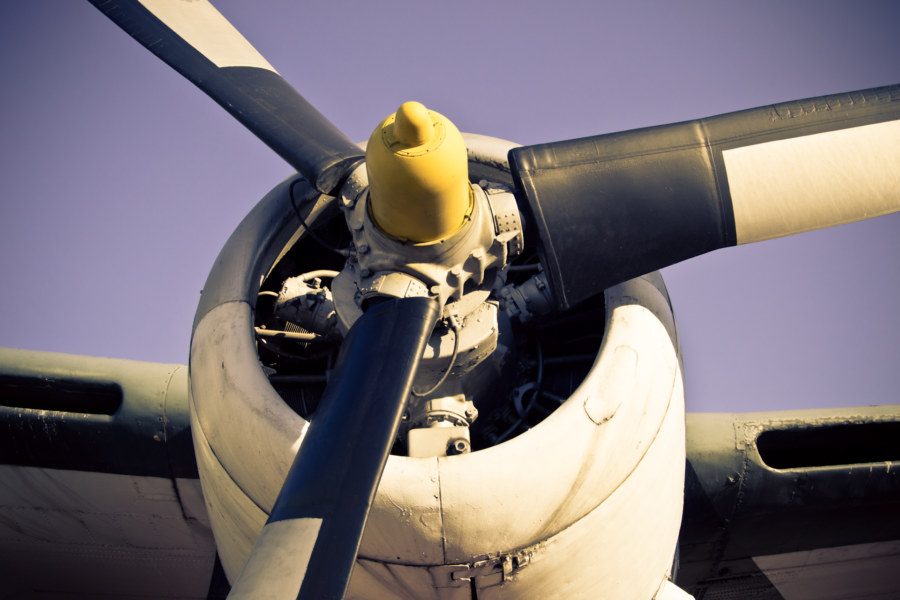Today is winter solstice, the shortest day of the year in the northern hemisphere, and it is a record-breaking 30°C in Taipei. In Chinese culture it is customary to consume tāngyuán (湯圓, glutinous rice balls typically immersed in hot, sweet soup) on winter solstice, better known to locals as Dōngzhì (冬至), a time when families gather together and celebrate growing one year older. Since I have no family here I will be lining up at 36 Yuánzǐ Shop (三六圓仔店) for a bowl sometime later on—though I might just skip this particular ritual if the line-up is too crazy. Two years ago I was informed, contrary to expectations, that you won’t actually age without eating tangyuan on dongzhi. If I miss it this year I suppose I won’t mind.
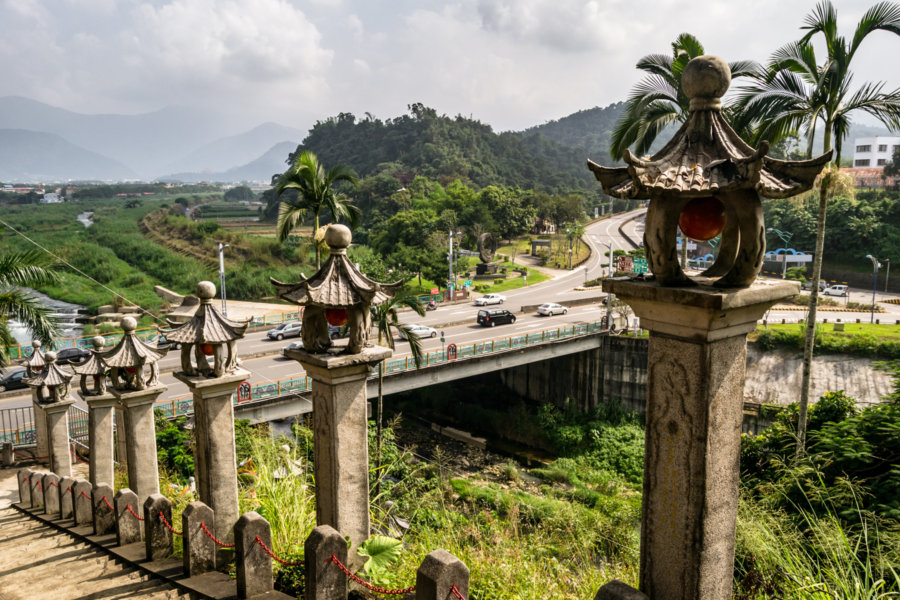
Monuments of all shapes and sizes recording historic events.
Adjacent Terms
The Geographic Center of Taiwan 台灣地理中心
The Geographic Center of Taiwan (台灣地理中心) is a modest roadside attraction at Hǔtóushān (虎頭山, literally “Tiger Head Mountain”) in Puli, Nantou, on the way to bigger attractions like Qingjing Farm (清境農場). As the name implies, it marks the geographic center of the island of Taiwan, albeit with a bit of a twist: there are actually two monuments here, one at the base of the mountain and another near the peak at 555 meters above sea level. It’s about a ten minute hike to get to the real center of Taiwan!
921 Earthquake Museum 九二一地震教育園區
Deep in the night on September 21st, 1999, the devastating 921 Earthquake ripped through central Taiwan. Thousands were killed, hundreds of buildings collapsed, and entire towns were leveled to the ground, particularly in Nantou and Taichung. Nowadays there are many reminders and memorials to the disaster scattered across the region, among them the 921 Earthquake Museum 九二一地震教育園區 (Chinese version; official site) in Wufeng, which I visited in June 2014.
The Old Walled City of Zuoying 鳳山縣舊城
A month ago I embarked upon a day trip to Zuoying to check out the famous temples and pagodas of Lotus Pond 蓮池潭, one of the main tourist attractions of greater Kaohsiung. Afterwards I wandered over to have a look at the old city of Zuoying 左營舊城, originally built in 1722 by the ruling Qing Dynasty in response to the many uprisings that regularly plagued Taiwan Prefecture 臺灣府.
Fushimi Inari Taisha 伏見稲荷大社
Last spring I visited the Kansai Region of Japan for a whirlwind five day tour of Wakayama, Kyoto, Nara, and Osaka. Along the way I stopped at Fushimi Inari Taisha 伏見稲荷大社, one of the most popular and photogenic attractions in Kyoto. I seldom engage in conventional tourism but couldn’t resist the sight of thousands of torii leading up the mountainside. Here are a few photos from my time there.
Asia Museum of Modern Art 亞洲現代美術館
The Asia Museum of Modern Art 亞洲現代美術館 (official site in Chinese) is a strange thing to find amid the rural-industrial sprawl of southern Taichung. Located on the outskirts of historic Wufeng, it is part of the much larger Asia University 亞洲大學 campus, itself riddled with European-inspired architectural curiosities like a gymnasium designed to look like the Colosseum of Rome. The art gallery, straying from the kitsch theme of the rest of the university, is an original design by renowned Japanese architect Tadao Ando. It took nearly seven years to build and opened in 2013.
War Memorial of Korea
Here are a few photos from my visit to the War Memorial of Korea (Hangul: 전쟁기념관), a military history museum in Yongsandong, Seoul, not far from the American military base. It is strange to have a memorial for a war that isn’t over—but hey, what else would you call it?
The Dark Side of Seoul
Today the weather changed. Rain has given way to light snow, strong winds, and subarctic temperatures. Gusts of up to 60 km/h have rattled windows and knocked over street furniture. After drying my shoes from the previous night’s misadventures I left my hostel for Insadong, intent on grabbing a hearty breakfast, but as the minutes began to drag I only allowed myself time to grab one of those delicious mung bean pancakes and a coffee. I didn’t know it at the time but I was bound for one of the darker parts of Seoul.
